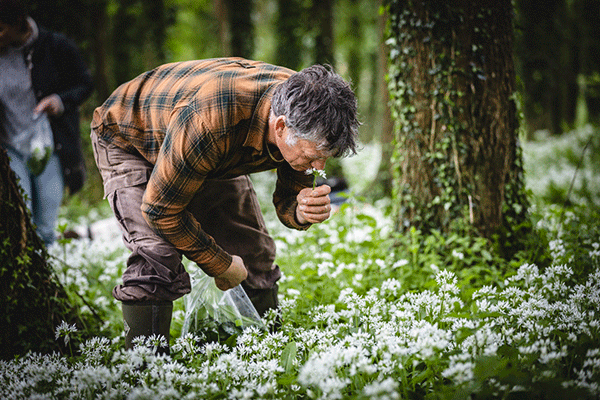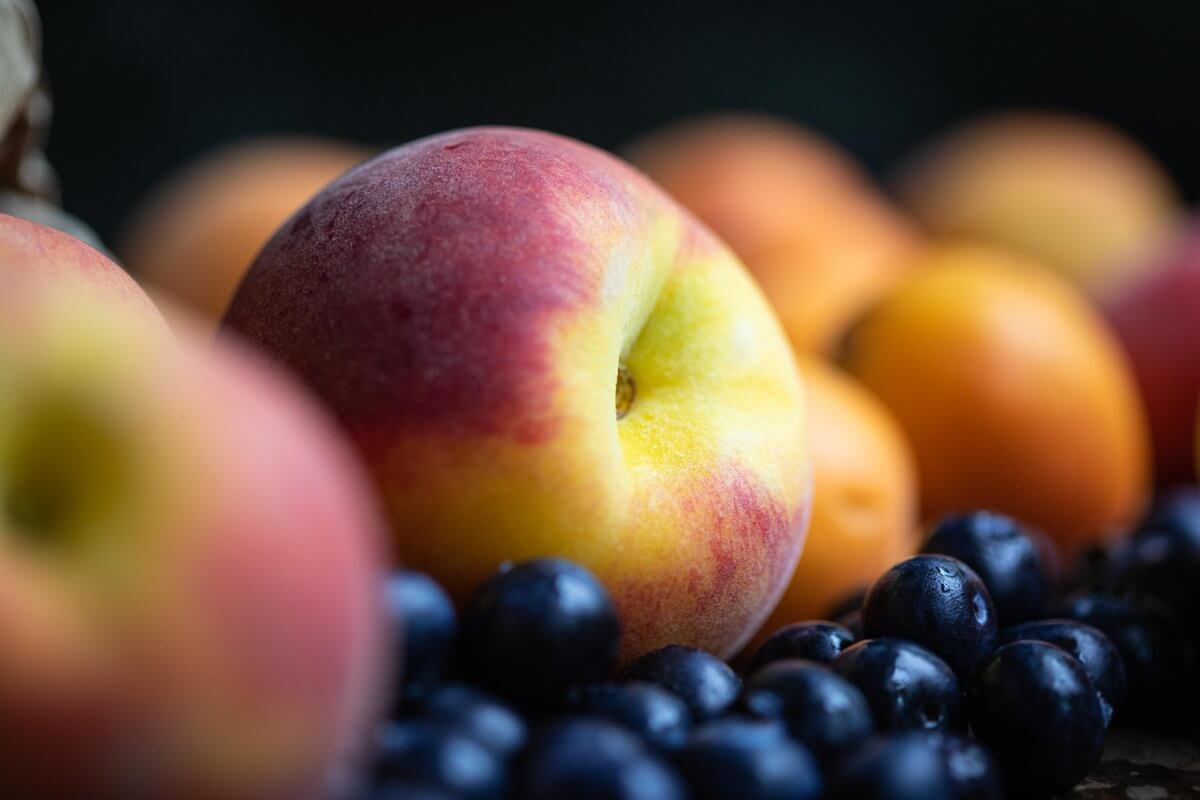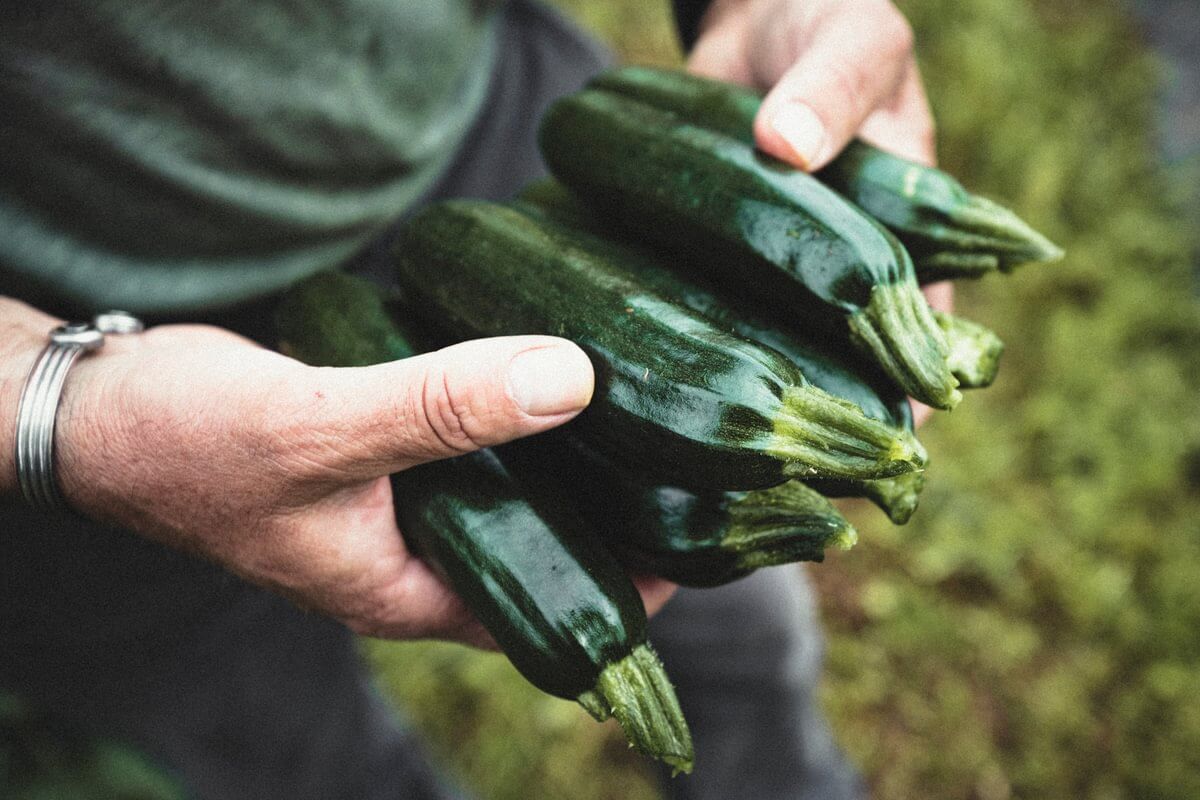As the sun climbs, the days lengthen, and the soil warms, I find that age has done nothing to dampen the excitement I feel at the gathering, irrepressible return of life in spring.
Watching the swelling walnut buds, pregnant with life and promise, I can almost believe that – however much oil we burn, and however many bombs we throw at each other – this force is unstoppable, and may yet survive us.
Below 10 degrees, microbial life in the topsoil grinds to a halt, no longer recycling organic matter and providing nutrients to our crops. It doesn’t resume until the temperature goes back above 10 degrees; around early April here in Devon. Winter rains leach the soluble nutrients that remain in the soil from autumn, carrying them down and beyond the reach of our crops’ roots. Some soils also slump in the wet weather, closing the air channels and making oxygen (vital to healthy soil and crops) scarce.
The challenge for a farmer is to bring the invertebrates, fungi and bacteria in the slowly warming soil back to life. Well-structured soil, with good drainage and plenty of organic matter, breathes easily and wakes up first. We can help by avoiding driving over it, and not cultivating excessively in wet conditions.
The answer for conventional, non-organic growers has been to bypass the living soil and apply soluble synthetic nutrients. Artificial fertiliser manufacture accounts for around 50 per cent of the energy used to grow crops in modern intensive agriculture; almost all derived from fossil fuels.
Ammonium nitrate has varied between £100-£200 per tonne through my farming career, but, amidst the global energy crisis, is now hitting £1,000 per tonne. This is creating huge challenges for farmers, and surely leading them to question the sustainability of such profligate energy use by an industry that should be all about harnessing the sun’s renewable energy.
As organic growers, we sometimes use sterilised chicken manure and plant extracts to feed early crops – but for the most part, we just have to wait for the soil to warm and wake up, and for the bugs within to do their work.
Our crops have to root deeper, work harder, and cooperate with the mycorrhizal fungi that surround and even invade their roots, accessing nutrients not available directly to the plants. Our customers may see the result in their veg box, with smaller cauliflowers and greens, and sometimes a purple tinge to leaves; all indications of a harder life. They are all the better for it.













0 Comments